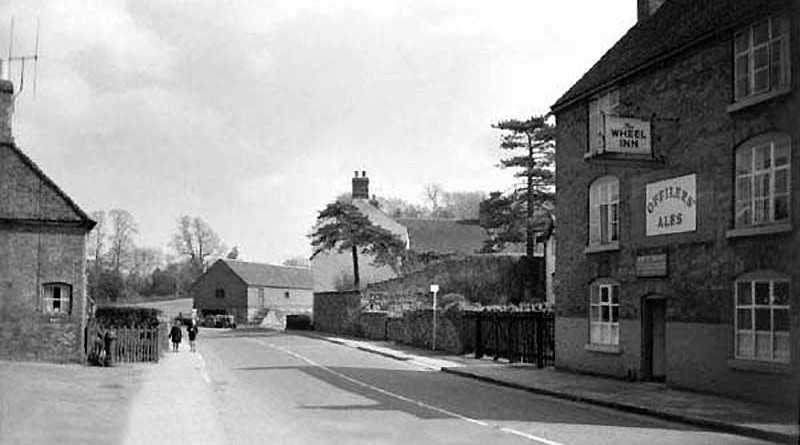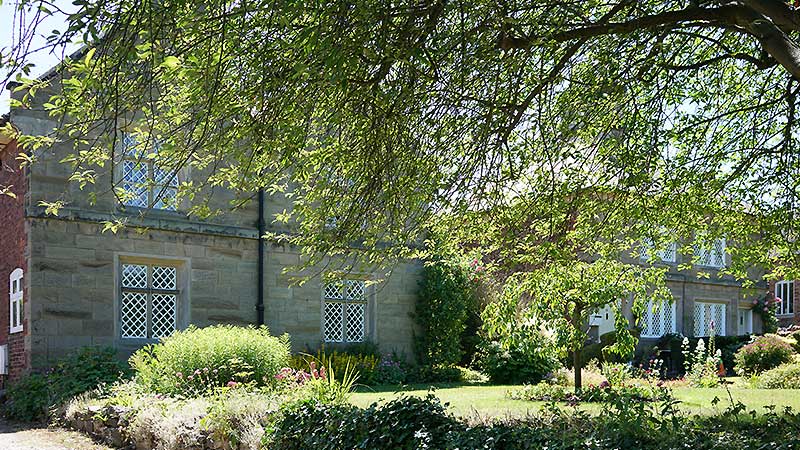-
/
The origins and history of Catton are rich with stories of valour, intrigue, conquest, love and loss, much of it evoked by the many paintings in the Catton Collection. The Horton family and their descendants have been at Catton since 1405 when it was purchased from the descendants of the Norman Nigel D’Albini. He had…
-
/
Visitors to Ticknall are most welcome to attend the meetings of the Ticknall Preservation & Historical Society held on the last Tuesday of each month, usually at 7.30 pm in The Village Hall, Ingleby Lane but please always check the Events Page. For more about the origins and history of our village please see the…
-
/
The village of Ticknall’s name was derived from its landscape setting and land use. The first syllable ‘tic’ reflects the pastoral economy of the time showing that it was grazed by goats. There were still goatherds in the area in the 16th century. The second syllable is ‘halh’ (Saxon) = a nook or hollow of…
-
/
Visitors to Ticknall often ask about the cast iron water spouts that are seen in various places in the village. They were part of a public water supply installed on the instruction of Sir Vauncey Harpur-Crewe in 1914. The pillar fountains are Grade II Listed and were manufactured by Glenfield and Kennedy Ltd of Kilmarnock.…
-
/
Nowadays we take a clean, constant water supply for granted. Yet it is surprising how recently this came to be the case. Twenty years ago, Roy Hammerton wrote a treatise on the water supply in Ticknall and Calke for a booklet but this was never published. In 2016 we published the section on ‘Ticknall Water…
-
/
This old photo of the original Dexter’s Cottage was taken from the Limeyards immediately opposite the weighbridge office which is now part of the present Limeyards Stables and shows the main road servicing the Limeyards. More about the Dexter family. The old village of Tichenhalle is mentioned in the Domesday Book, and probably existed from…
-
/
The Thringstone Fault crosses the parish of Ticknall from east to west, separating the Coal Measures clays to the south from the upthrust Carboniferous Limestone to the north. Other outliers of limestone occur at Calke, Dimminsdale, Breedon and Cloud Hill, but otherwise limestone is fairly rare in the area. The Romans were well aware that…
-
/
The Trail starts from the car park at Ticknall Village Hall [35]. The Village Hall was built in 1992 and is, with its gardens, a credit to such a small village. It may be convenient to break the walk into two parts or to cut it short where indicated along the road to Ashby de…
-
/
The Ticknall Preservation and Historical Society, a voluntary non-profit-making group, have available a number of publications devoted to the economic and social history of the area. Most of these are usually available from the bookstall at the monthly meeting of the Society, usually held on the last Friday of each month in Ticknall Village Hall,…
-
/
The Ticknall Tramway was a primitive form of horse tramway which was born in the Canal Age and survived long into the Railway Age. For a distance of 8 miles, the Ticknall tramway wound its way through the rural areas of North Leicestershire and South Derbyshire. As much of this area is woodland or pasture,…
Historical Society

Ticknall Preservation and Historical Society pages here.









